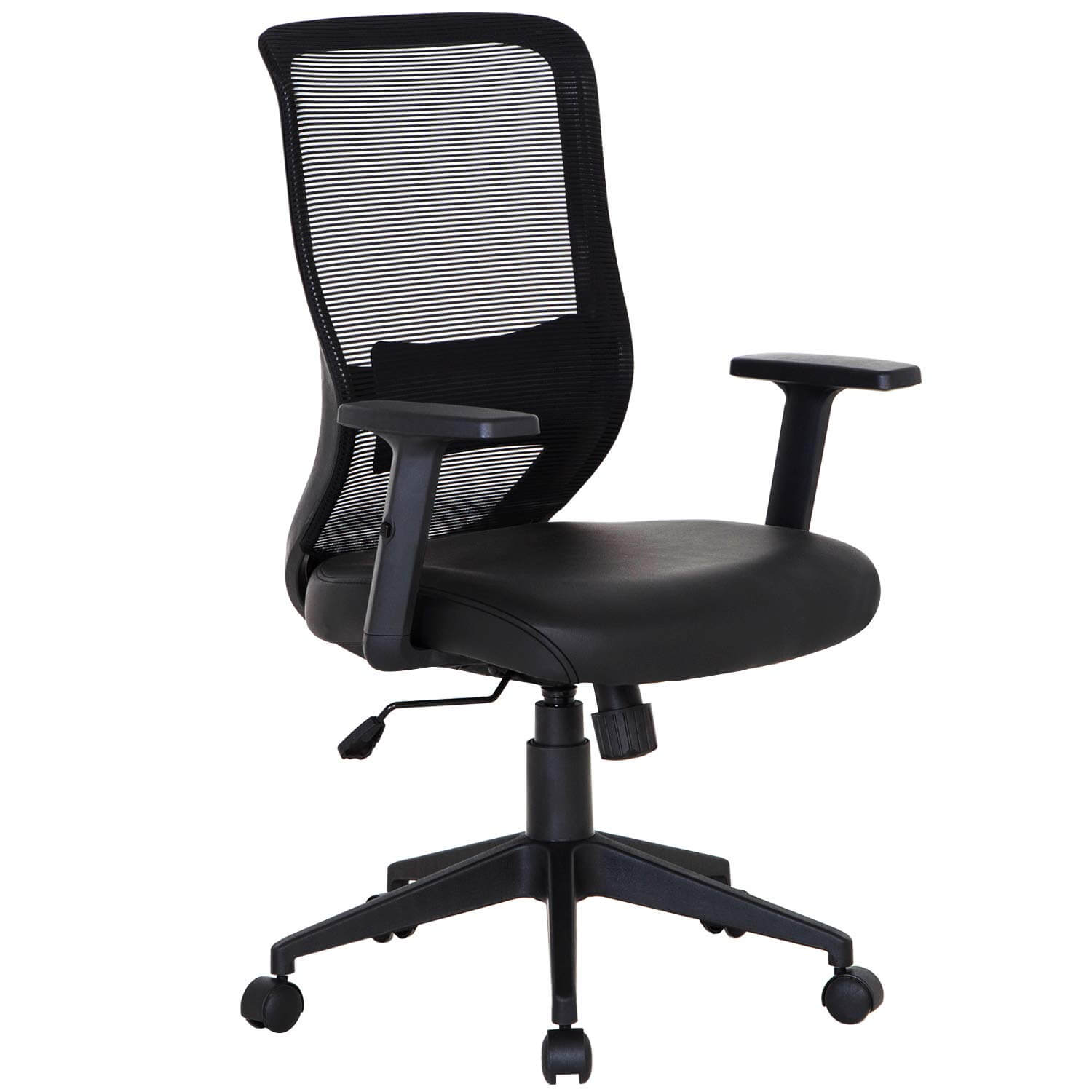Factors to Consider When Choosing a Chair: What’s The Best Chair For Your Back

Selecting the right chair is a critical investment in your physical well-being, often overlooked in the relentless pursuit of productivity. The consequences of neglecting ergonomic principles can manifest as chronic back pain, neck strain, and decreased overall efficiency. A poorly chosen chair is not merely an inconvenience; it’s a potential long-term health hazard, impacting both your physical and mental state. The following factors offer a framework for making an informed decision.
Chair Material Comparison
The choice of chair material significantly impacts comfort, durability, and longevity. Different materials offer distinct advantages and disadvantages, demanding careful consideration based on individual needs and preferences. The following table compares three common materials:
| Material | Breathability | Durability | Back Support |
|---|---|---|---|
| Mesh | Excellent; allows for significant airflow, preventing overheating and discomfort. | Moderate; can sag over time depending on quality and usage, but generally quite resilient. | Moderate; often provides good lumbar support but may lack the cushioning of other materials. |
| Leather | Poor; can trap heat and moisture, leading to discomfort in warmer climates or during prolonged use. | Excellent; highly durable and resistant to wear and tear, often lasting for many years. | Good; can provide excellent support, especially with proper padding and design. |
| Fabric | Variable; depends on the fabric type; some fabrics are breathable, while others are not. | Variable; depends on the fabric type and construction; some fabrics are durable, while others are not. | Variable; depends on the padding and design; some fabrics offer good support, while others do not. |
Ergonomic Principles for Optimal Back Support, What’s the best chair for your back
Ergonomic chair design centers on aligning the body’s natural posture to minimize strain and promote comfort. Ignoring these principles can lead to musculoskeletal issues.
What’s the best chair for your back – Lumbar Support: A chair’s lumbar support should conform to the natural inward curve of the lower back. Adequate lumbar support prevents slouching and reduces pressure on the spinal discs. A lack of proper lumbar support can lead to lower back pain and discomfort.
Seat Height and Depth: The seat height should allow your feet to rest flat on the floor with your knees bent at a 90-degree angle. The seat depth should provide enough space to support your thighs without restricting blood flow. Incorrect seat height and depth can lead to discomfort and poor posture.
Armrests: Adjustable armrests allow for proper arm positioning, reducing shoulder and neck strain. The armrests should be positioned so that your elbows are at a 90-degree angle when typing or using a mouse. Improper armrest positioning can lead to tension in the shoulders and neck.
Backrest Angle: The backrest should provide support for the entire back, allowing you to sit upright with minimal strain. A slightly reclined position can help to reduce pressure on the spine. A backrest that does not provide sufficient support can contribute to poor posture and back pain.
Impact of Posture and Sitting Habits on Back Health
Maintaining good posture while seated is crucial for preventing back pain and promoting overall well-being. Poor posture can lead to muscle imbalances, spinal misalignment, and long-term health problems. The following guide provides actionable steps for improved posture:
Sit upright with your back straight: Avoid slouching or hunching over. Engage your core muscles to maintain an upright position. Imagine a string pulling you up from the crown of your head.
Keep your feet flat on the floor: This ensures proper leg and hip alignment. If your feet don’t reach the floor, use a footrest.
Adjust your chair for optimal support: Ensure your chair provides adequate lumbar support, and adjust the seat height and armrests as needed.
Take frequent breaks: Get up and move around every 30-60 minutes to stretch your muscles and improve circulation. Even short breaks can significantly reduce the risk of back pain.
Maintain a neutral spine: This means keeping your spine in its natural alignment, with the three natural curves of the spine maintained.
